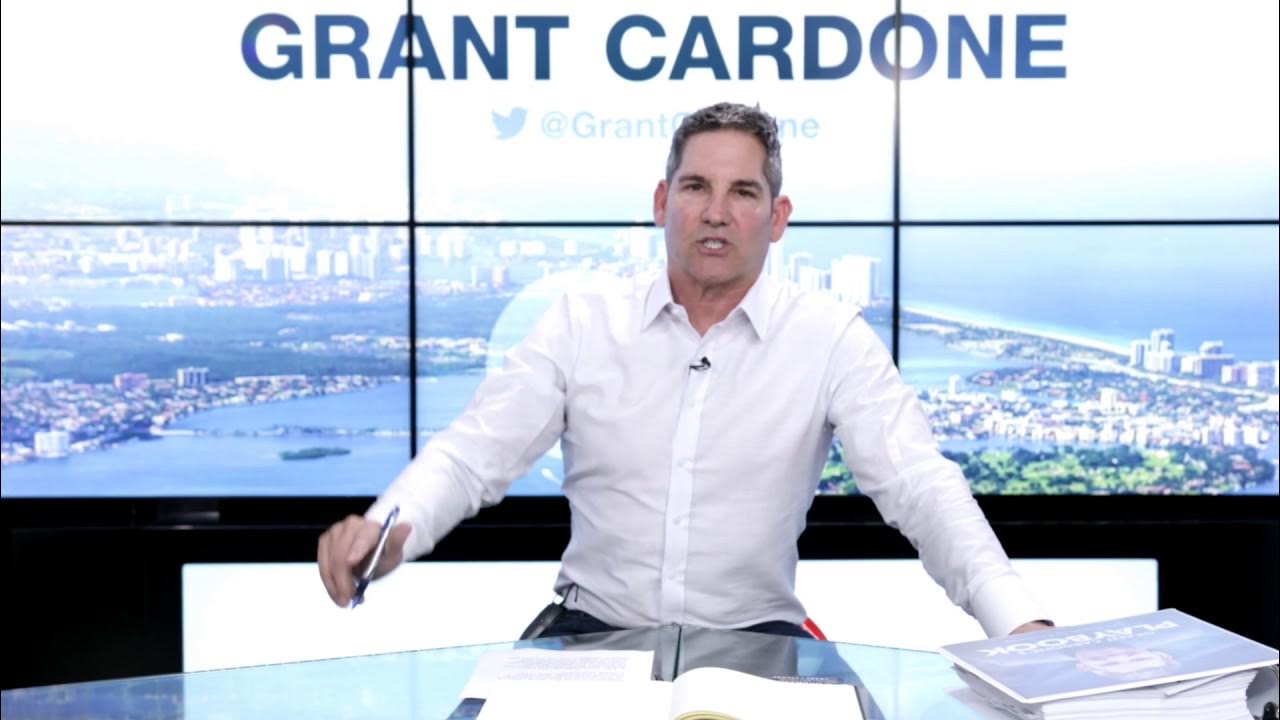Describing Training Zones- Dr. Inigo San Millan
Summary
TLDRInigo shares insights from nearly 30 years of experience in defining training zones for athletes and individuals with chronic diseases. He critiques the vague terminology used in traditional training approaches and presents a systematic breakdown of training zones (Zone 1 to Zone 6) based on metabolic responses. Emphasizing the importance of both low and high-intensity training, he explains how each zone stimulates different muscle fibers and energy systems. Inigo advocates for a balanced training regimen to optimize metabolic health and athletic performance, highlighting the crucial role of mitochondrial function in overall health.
Takeaways
- 😀 Inigo emphasizes the importance of understanding metabolic health and exercise performance for both athletes and individuals with chronic diseases.
- 🏃♂️ He introduces a six-zone training system that categorizes exercise intensities based on metabolic responses and energy utilization.
- ⚡ Zone 1 involves very low intensity with minimal ATP synthesis, primarily using fat and glucose for energy.
- 🔥 Zone 2 is where maximal fat oxidation occurs before the body recruits fast-twitch muscle fibers, enhancing mitochondrial function.
- 🏋️♀️ Zone 3 serves as a transition zone, where reliance shifts from fat to carbohydrates as exercise intensity increases.
- 💪 Zone 4 represents high-intensity efforts with significant carbohydrate utilization, leading to lactate buildup, and is sustainable for 15-30 minutes.
- 🚀 Zone 5 corresponds to VO2 max, characterized by maximum carbohydrate usage and high lactate levels.
- 💨 Zone 6 is the anaerobic zone, requiring stored ATP without oxygen reliance, typically used for very short, intense efforts.
- 📊 Inigo’s methodology includes metabolic assessments and lactate testing to refine his training prescriptions based on individual responses.
- 🌀 He stresses the need for integrating high-intensity training alongside Zone 2 workouts to enhance overall performance and metabolic health.
Q & A
What motivated Inigo to create this video?
-Inigo created this video to address the numerous inquiries he receives daily about metabolic health, exercise performance, and other related topics, as he cannot answer everyone individually.
How does Inigo define training zones?
-Inigo defines training zones based on metabolic parameters and energy systems, establishing a classification from Zone 1 to Zone 6, each representing different intensities and energy utilization.
What is the significance of Zone 2 in training?
-Zone 2 is significant for improving mitochondrial function and lactate clearance capacity, serving as a crucial intensity for athletes to enhance endurance and performance.
What are the characteristics of slow twitch muscle fibers?
-Slow twitch muscle fibers have a high mitochondrial content, enabling them to burn fat efficiently, and are primarily utilized during low to moderate exercise intensities.
How does Inigo differentiate between fat and carbohydrate utilization during exercise?
-Inigo explains that at low intensities, both fat and carbohydrates are burned, but as intensity increases, fat utilization decreases while carbohydrate oxidation rises, particularly in higher training zones.
What is the 'fat max' concept mentioned by Inigo?
-The 'fat max' concept refers to the exercise intensity at which fat oxidation is maximized, after which carbohydrate utilization begins to dominate.
What occurs at lactate threshold according to Inigo?
-At lactate threshold, lactate production exceeds clearance rates, leading to an accumulation of lactate in the bloodstream, which indicates a shift from primarily burning fat to relying more on carbohydrates.
What role does high-intensity training play in an athlete's regimen?
-High-intensity training is crucial for developing fast-twitch muscle fibers and improving performance in competitive situations, balancing the predominantly Zone 2 training with necessary higher intensity efforts.
How did Inigo develop his understanding of training zones?
-Inigo developed his understanding of training zones through extensive research in exercise physiology, measuring metabolic parameters, and working with a diverse range of athletes over nearly 30 years.
Why does Inigo emphasize the importance of a varied training approach?
-Inigo emphasizes the importance of a varied training approach to ensure that athletes develop all necessary energy systems, particularly in high-intensity zones, to maintain optimal performance.
Outlines

Esta sección está disponible solo para usuarios con suscripción. Por favor, mejora tu plan para acceder a esta parte.
Mejorar ahoraMindmap

Esta sección está disponible solo para usuarios con suscripción. Por favor, mejora tu plan para acceder a esta parte.
Mejorar ahoraKeywords

Esta sección está disponible solo para usuarios con suscripción. Por favor, mejora tu plan para acceder a esta parte.
Mejorar ahoraHighlights

Esta sección está disponible solo para usuarios con suscripción. Por favor, mejora tu plan para acceder a esta parte.
Mejorar ahoraTranscripts

Esta sección está disponible solo para usuarios con suscripción. Por favor, mejora tu plan para acceder a esta parte.
Mejorar ahoraVer Más Videos Relacionados

LEADERSHIP Interview Questions & Answers! (How to PASS a Leadership & Management Job Interview!)

Cardio antes do treino melhora hipertrofia

5 Key Training Principles | The Foundation of Running Faster

The ONE Tomato Growing Hack That Actually Works!

5 Tips to Become the BEST Salesperson - Grant Cardone

21 BEST Dribbling Drills to Improve ALL FACETS of Your Handles! (For Home or Gym)
5.0 / 5 (0 votes)
